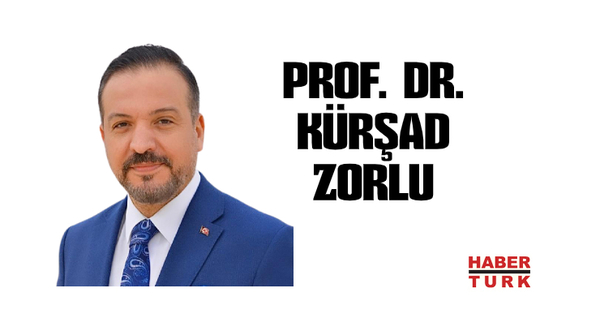
[ad_1]
The Armenian side has always used the following critical phrase about Karabakh: “Whoever controls the city of Shusha controls the whole of Nagorno-Karabakh” … To this end, the Armenian forces seized the Shusha-Lachin corridor on the 8th. May 1992 and then they broke the resistance in Shusha Because it was one of the two roads that provided the logistic link of the Upper Karabakh region, centered on the Khankendi, with Armenia, while the other road that crossed Murovdag to the north was in one position in which Azerbaijan could intervene, so Shusha’s sovereignty meant the lock on Khankendi.
The course of the clashes since 27 September has shown this; The biggest break was going to be Shusha. In both military and psychological terms …
We observed this during our meetings in Azerbaijan just a week ago. Shusha was in the language and in the hearts of the people. It was like a barrier to keep the legitimate pride of war alive.
On Tuesday, we shared President Ilham Aliyev’s words “We are a stone’s throw from Shusha” from this angle. Although the Armenian press wanted to take our article to different points, the message has found its place. The Azerbaijani army was now at the center of Shusha. The latest news was announced yesterday by Aliyev. Considered the cultural center of the region, the city of Shusha has become Azerbaijan again after 28 years. No matter how much Armenia denied, Shusha was freed from the occupation.
It was a city with museums, monuments, schools, mosques and so much more. He was even protected in 1977. Hursit Banu Natavan, the last khan of Karabakh, was born in Shusha in 1830.
After the conquest of Shusha, enthusiasm increased across the country, especially in Baku, and people took to the streets. One such place was the city of Pirşağı, where the camp for those who had to emigrate from Shusha due to occupation was established. It is estimated that nearly 30,000 people have migrated from here alone. With the news, especially children and young people gathered in the town square, embraced and sang “Martyrs do not die, the homeland is indivisible”.
On the other hand, it appears that Azerbaijan’s rule in Shusha is a sign of a new process. Because the Karabakh problem has two fundamental geographical pillars. One is an area of 4400 km2 called Yukari Garabagh (Nagorno-Garabagh) and the other consists of 7 provinces around this region. The most advanced stage reached so far in the peace negotiations has been the separate assessment of the state of the Upper Karabakh region after Armenia had to evacuate five of these seven regions, and then the remaining two. This is where Shusha was in the area that was part of the so-called administration. With the exception of the 4 provinces which have so far been liberated from occupation, the Azerbaijani army has now entered Upper Karabakh. And the state that has lasted for years has changed.
However, everyone should remember this; On November 26, 1991, the autonomy of the Autonomous Administration of Nagorno-Karabakh was abolished by the Azerbaijan Soviet Socialist Republic and became fully part of Azerbaijan.
Source link